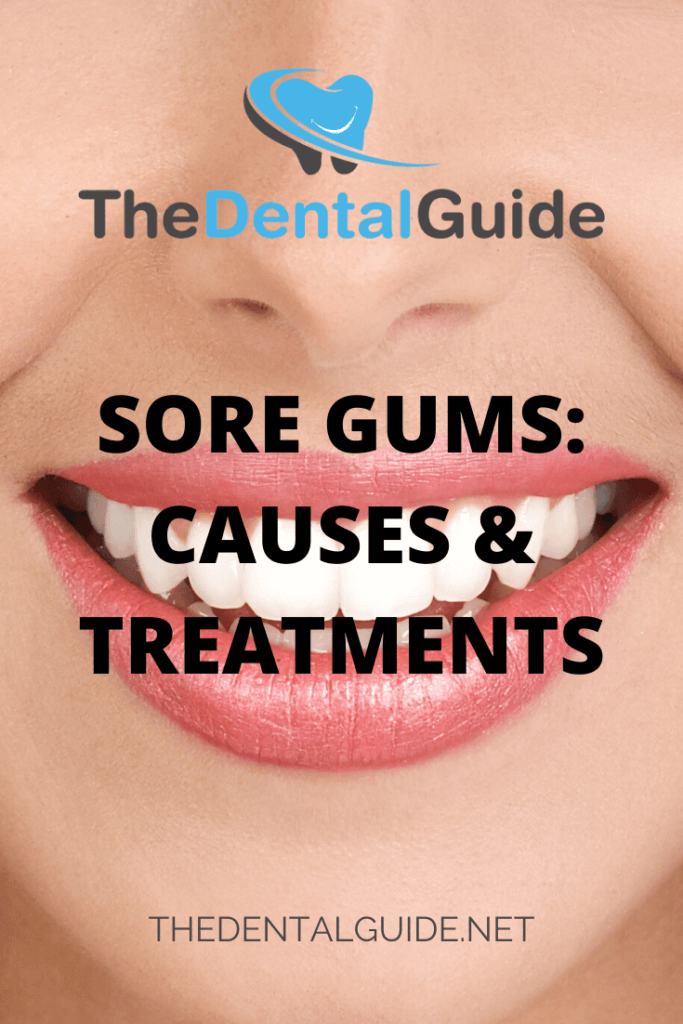Blue Spot On Gums: Identify Causes & Treatments

A blue spot on the gums can be a cause for concern, as it may indicate an underlying health issue that needs attention. The gum tissue, also known as the gingiva, plays a crucial role in protecting the teeth and surrounding structures from bacterial invasion and other foreign substances. When a blue spot appears on the gums, it can be a sign of a variety of conditions, ranging from benign to more serious.
One of the primary causes of a blue spot on the gums is a vascular phenomenon known as a hemangioma. A hemangioma is a benign growth consisting of blood vessels that can appear as a blue or purple spot on the gum tissue. These growths are usually harmless and may not require treatment unless they become problematic or interfere with oral function. However, in some cases, hemangiomas can be a sign of an underlying condition, such as a vascular malformation or a genetic disorder.
Another possible cause of a blue spot on the gums is a condition known as angioedema. Angioedema is a type of allergic reaction that can cause swelling and discoloration of the gum tissue, resulting in a blue or purple spot. This condition can be triggered by a variety of factors, including food allergies, insect bites, or certain medications. Angioedema can be treated with antihistamines or corticosteroids, and it is essential to identify and avoid the underlying trigger to prevent future episodes.
In some cases, a blue spot on the gums can be a sign of a more serious condition, such as oral cancer. Oral cancer can manifest in various forms, including a blue or purple spot on the gum tissue. It is essential to seek medical attention immediately if you notice any unusual changes in your mouth, including a blue spot on the gums. A thorough examination and biopsy may be necessary to determine the underlying cause of the spot and develop an appropriate treatment plan.
In addition to these conditions, a blue spot on the gums can be caused by a variety of other factors, including:
- Tobacco use: Smoking or using tobacco products can cause changes in the gum tissue, including the appearance of blue spots.
- Poor oral hygiene: Failure to practice good oral hygiene can lead to the accumulation of bacteria and other substances on the gum tissue, causing inflammation and discoloration.
- Nutritional deficiencies: Deficiencies in vitamins and minerals, such as vitamin B12 or iron, can cause changes in the gum tissue, including the appearance of blue spots.
- Medications: Certain medications, such as antihistamines or decongestants, can cause changes in the gum tissue, including the appearance of blue spots.
To treat a blue spot on the gums, it is essential to identify the underlying cause of the condition. In some cases, the spot may resolve on its own with proper oral hygiene and care. However, in other cases, treatment may be necessary to address the underlying condition. Some possible treatments for a blue spot on the gums include:
- Surgical removal: If the blue spot is caused by a hemangioma or other type of growth, surgical removal may be necessary to eliminate the spot.
- Medications: If the blue spot is caused by an allergic reaction or other condition, medications such as antihistamines or corticosteroids may be prescribed to reduce inflammation and discoloration.
- Laser therapy: In some cases, laser therapy may be used to reduce the appearance of the blue spot and promote healing.
- Oral hygiene practices: Practicing good oral hygiene, including regular brushing and flossing, can help to reduce the appearance of the blue spot and prevent future episodes.
In conclusion, a blue spot on the gums can be caused by a variety of conditions, ranging from benign to more serious. It is essential to seek medical attention if you notice any unusual changes in your mouth, including a blue spot on the gums. By identifying the underlying cause of the condition and developing an effective treatment plan, you can reduce the appearance of the blue spot and promote overall oral health.
What causes a blue spot on the gums?
+A blue spot on the gums can be caused by a variety of conditions, including hemangiomas, angioedema, oral cancer, tobacco use, poor oral hygiene, nutritional deficiencies, and certain medications.
How can I treat a blue spot on the gums?
+Treatment for a blue spot on the gums depends on the underlying cause of the condition. Possible treatments include surgical removal, medications, laser therapy, and oral hygiene practices.
Is a blue spot on the gums a sign of oral cancer?
+In some cases, a blue spot on the gums can be a sign of oral cancer. However, it is essential to seek medical attention and undergo a thorough examination and diagnosis to determine the underlying cause of the condition.
By understanding the possible causes and treatments for a blue spot on the gums, you can take the first step towards promoting overall oral health and addressing any underlying conditions that may be contributing to the appearance of the spot. Remember to seek medical attention if you notice any unusual changes in your mouth, including a blue spot on the gums.
